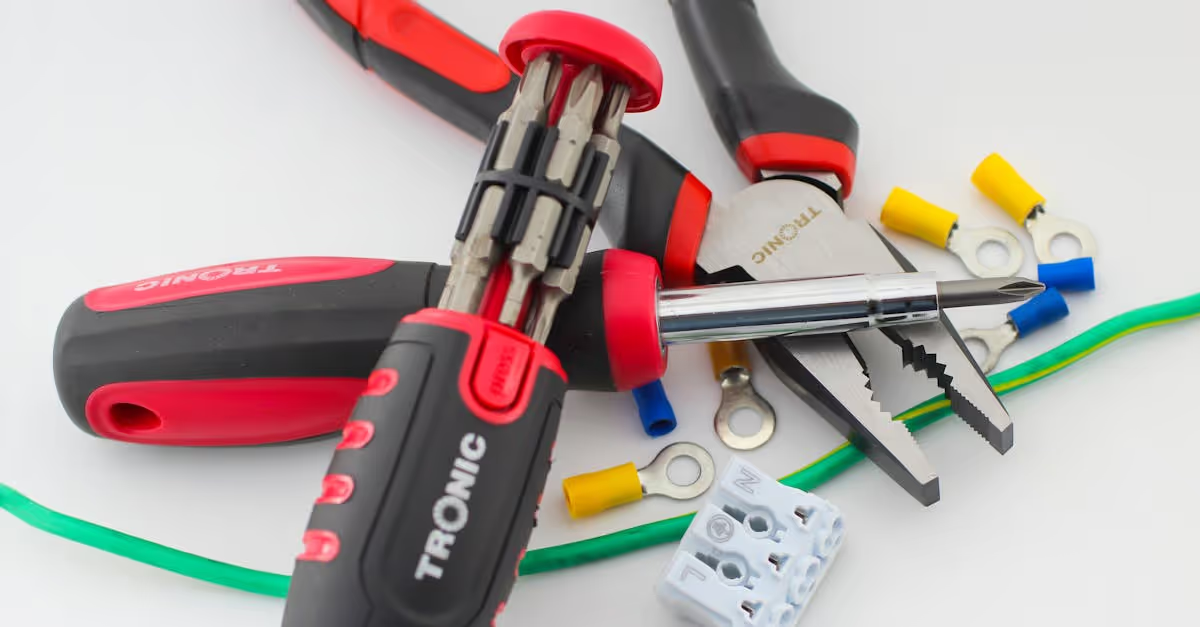Key Takeaways
- Proper storage of pool covers can extend their lifespan by up to five years, ensuring durability and effectiveness when in use.
- Keeping pool covers clean and dry during storage minimizes the risk of mold and mildew buildup, promoting longevity.
- Improper storage practices can lead to material degradation, physical damage, and costly repairs, combining to ruin your pool experience.
- Preparing pool covers for storage involves thorough cleaning, damage inspection, and prompt repairs to maintain their integrity.
- Choosing a cool, dry storage location and using breathable materials are essential for optimal preservation of pool covers.
- Regular off-season inspections help identify minor issues early, preventing more extensive repairs when the pool is reopened.
As pool owners, we know that proper maintenance goes beyond just cleaning and chemical balancing. Did you know that a well-stored pool cover can last up to five years longer than one that's improperly handled? During the off-season, how we store our pool covers can significantly impact their durability and effectiveness.
Importance of Proper Storage
Proper storage of pool covers plays a vital role in their longevity and effectiveness. A well-maintained cover not only lasts longer but also functions better when it’s time to use it again. Handling these covers right helps keep them in peak condition.
Benefits of Storing Pool Covers Correctly
Storing pool covers correctly offers several advantages. First, it helps to prevent material degradation due to harsh environments. Proper storage reduces the risk of wear and tear, which can extend the cover's lifespan by up to five years.
Second, keeping covers clean and dry minimizes the chances of mold and mildew buildup. Regular maintenance and correct storage help us avoid unexpected surprises when we’re ready to swim again. Additionally, a well-stored cover ensures it fits properly each time. This fit can save us time and effort on installation, making our pool setup smoother and quicker.
Potential Risks of Improper Storage
Improper storage of pool covers can lead to significant issues. Leaving a cover out in the open can expose it to UV rays, causing fading and brittleness. Wet or damp covers create an ideal environment for mold, weakening the material over time.
Additionally, poor storage practices can result in physical damage. Sharp objects, improper folding methods, and exposure to extreme temperatures lead to tears and abrasions. Fixing or replacing a damaged cover can be an unnecessary headache; we prefer to avoid that when possible. The consequences of neglecting storage can be costly and time-consuming, detracting from our enjoyment of the pool.
It's crucial to treat our pool covers like part of our community. By sharing these tips and experiences, we build a collective knowledge that benefits us all. So, how do we store our covers to make them last in the future?
Steps to Prepare Pool Covers for Storage
Preparing pool covers for storage requires careful attention to detail. Proper preparation extends the lifespan of our covers and keeps them functioning effectively.
Cleaning the Pool Covers
Cleaning our pool covers plays a crucial role in maintaining their quality. First, we need to make sure they're dry to avoid mold and mildew. We grab a pool cover broom or a soft brush to clear away debris, dirt, and leaves. This quick task helps keep the cover in top shape.
Next, we wash the cover using mild soap mixed with water. Avoiding harsh chemicals prevents damage to the materials. Once scrubbed, we rinse the cover thoroughly and let it dry completely. Sunlight works wonders, but a shaded area with a gentle breeze works too. Taking these steps helps preserve our covers until the next season.
Inspecting for Damage
Inspecting pool covers for damage is essential in maintaining their integrity. We look for holes, rips, or weak spots that could get worse over time. If we find any issues, using patch kits specifically made for pool covers offers a quick fix. Prompt attention to minor damages keeps our covers ready for use.
Best Practices for Storing Pool Covers
Storing pool covers correctly can greatly extend their life. Knowing how to prepare and store them is key to maintaining their effectiveness.
Choosing the Right Storage Location
Select a dry, cool place for storing pool covers. Temperature fluctuations can damage materials, so avoid areas exposed to direct sunlight, moisture, or extreme heat. Indoor spaces, like a garage or shed, work best. If we find ourselves with limited indoor options, consider using breathable storage bags to protect against dust and pests. Remember, a well-chosen storage spot keeps our covers looking and working great for many seasons. Who knew picking a storage corner could be so crucial?
Using Appropriate Storage Materials
Utilizing the right storage materials helps preserve pool covers. Stacking them flat prevents crushing, while breathable bags or containers let air circulate, reducing the risk of mold. We can even use plastic bins with ventilation holes for neat, climate-controlled storage. Avoid tight wraps or crumpling to prevent creases. By treating our covers with care, we set ourselves up for effortless pool preparation next season. Plus, it’s a lot easier than rummaging through a tangled mess after months of storage, right? What's your craziest disaster when trying to locate something in storage?
Tips for Maintaining Pool Covers
Maintaining our pool covers keeps them in top shape and maximizes their lifespan. Let’s dive into some practical tips to help us take care of our covers.
Regular Inspections During Off-Season
Regular inspections during the off-season save us headaches later. We should check our pool covers every few weeks for any holes or tears. If we spot any damage, using a patch kit designed for pool covers quickly fixes minor issues. Catching problems early helps us avoid larger repairs when pool season rolls around. Think of it like checking your car's oil—routine checks keep everything running smoothly.
Conclusion
Taking the time to store our pool covers properly during the off-season is an investment in their longevity and effectiveness. By following the outlined steps for cleaning, inspecting, and choosing the right storage conditions, we can avoid potential issues that come from neglect.
Regular checks during the off-season further ensure our covers remain in great shape, ready for use when pool season rolls around again. With a little effort now, we can enjoy a hassle-free experience next summer, ensuring our pools are always ready for relaxation and fun. Let's prioritize the care of our pool covers and make the most of our outdoor spaces.
Frequently Asked Questions
Why is proper maintenance important for pool covers?
Proper maintenance helps extend the lifespan of pool covers by preventing material degradation, mold, and mildew buildup. A well-maintained cover can last up to five years longer, ensuring it functions effectively when needed.
How should I prepare my pool cover for off-season storage?
First, clean the cover by removing debris with a soft brush, washing it with mild soap, and rinsing thoroughly. Ensure it's completely dry to prevent mold. Then, inspect it for any damage, like holes or rips, and use patch kits for quick repairs.
Where is the best place to store a pool cover?
Store your pool cover in a dry, cool location, like a garage or shed. Avoid areas exposed to direct sunlight, moisture, or extreme heat. If indoor storage is limited, consider using breathable storage bags to protect against dust and pests.
How often should I inspect my pool cover during the off-season?
It's best to inspect your pool cover every few weeks for holes or tears. Early detection allows for quick fixes using patch kits, preventing larger repairs when the pool season arrives.
What materials are recommended for storing pool covers?
Use breathable bags or containers for storage to promote air circulation. Stack covers flat to maintain their shape and minimize damage, while also protecting them from dust and pests during the off-season.






